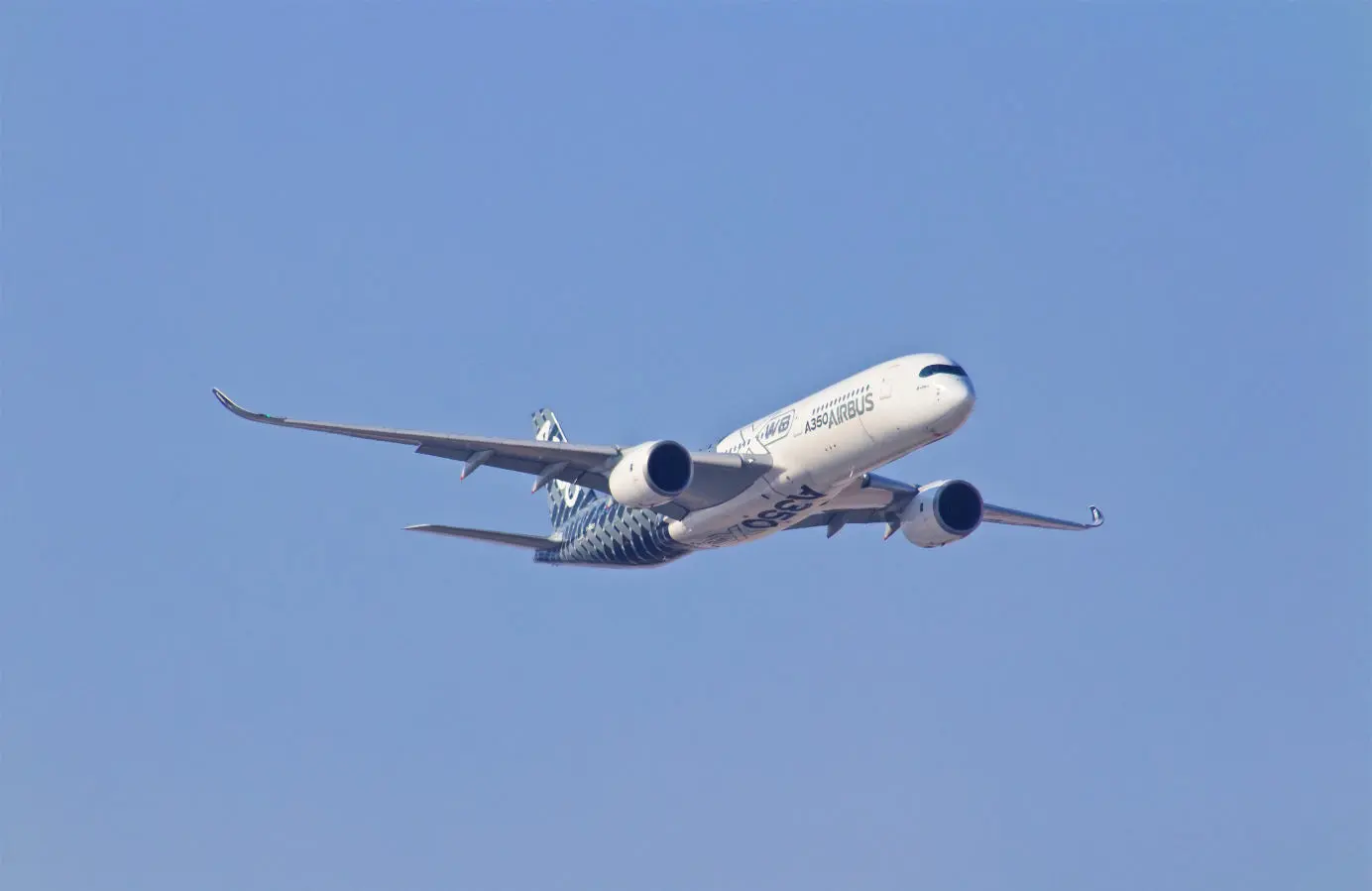
Breaking Down the Four Forces of Flight
The four forces of flight include lift, weight, drag, and thrust. Understand the fundamentals of flight and how these forces work together.
Table of Contents
In the realm of aviation, understanding the four fundamental forces of flight plays a pivotal role in understanding flight and how airplanes stay airborne. In this article, we will dive into the fascinating world of flight, explore the four fundamental forces that make it possible, and unravel the intricate relationship between them.
First, let's start with lift, the force that keeps airplanes airborne. We'll examine Bernoulli's Principle and discover how air pressure plays a crucial role in generating lift.
Next, we'll delve into weight, the force that opposes lift. We'll explore the relationship between weight, mass, and gravity and uncover how pilots manage this force to maintain a stable flight.
Then, we'll venture into drag, the force that resists the forward motion of an airplane. We'll uncover the factors contributing to drag and how minimizing it is essential for achieving efficiency and speed.
Finally, we'll look at thrust, the force that propels an airplane forward. We'll explore the force that propels an aircraft forward, generated by powerful engines or propulsion systems.
The Search for Flight
The idea of flying has fascinated humans since ancient times. Mythologies of various cultures across the world featured gods or mythical creatures capable of flight.
However, the development of actual flight began during the Renaissance period in the 15th and 16th centuries. Leonardo da Vinci made sketches and studies of flying machines during this time. They laid the foundation for modern aviation, and in the 18th and 19th centuries, advancements in aerodynamics were made by scientists like Sir George Cayley and Otto Lilienthal, who conducted experiments with gliders and contributed to understanding the principles of lift and drag.
The development of powered flight during the 19th and 20th centuries brought about tremendous advancements. In 1903, powered, controlled, and sustained flight was successfully accomplished by the Wright brothers, Orville and Wilbur. Their aircraft, the Wright Flyer, marked a major turning point in aviation history.
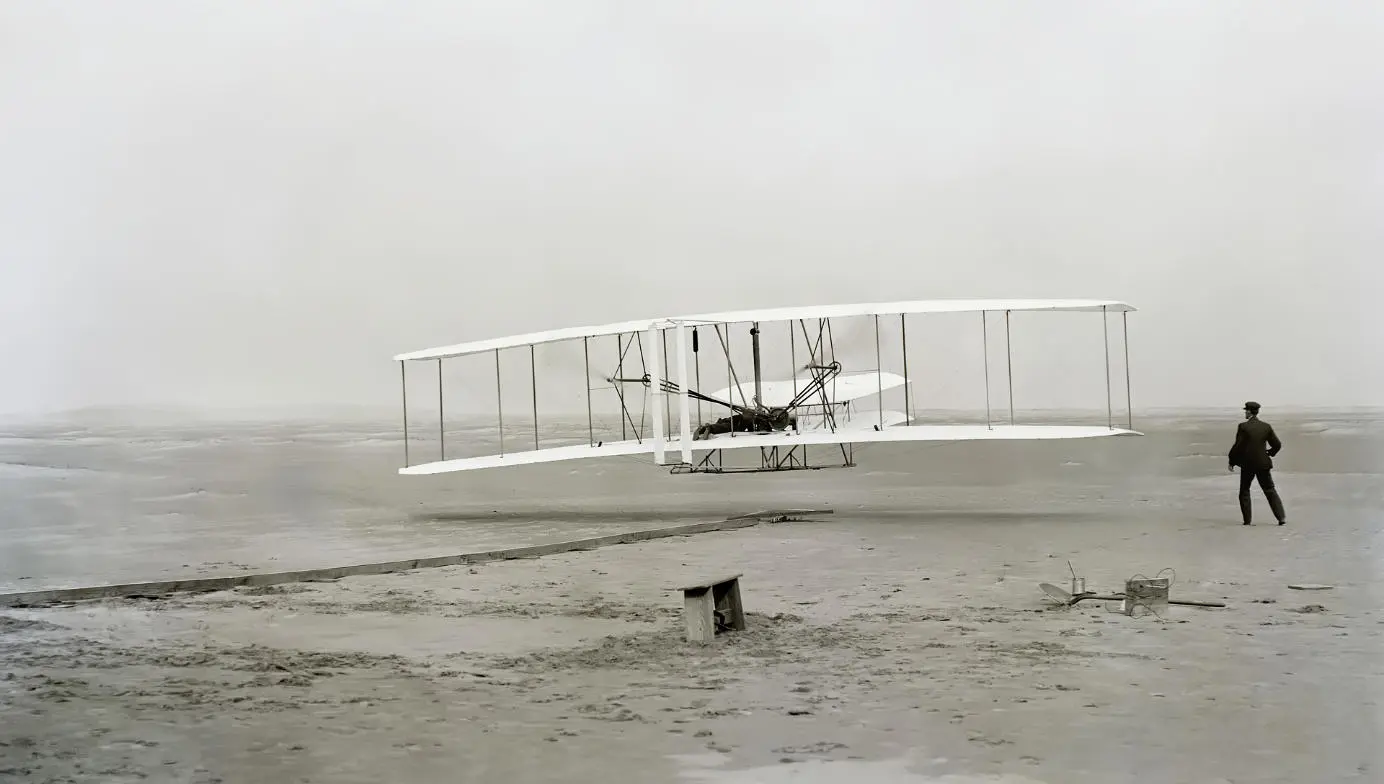
The early 20th century saw a rapid evolution in aviation. The first commercial airlines were established, and aircraft were used in World War I for reconnaissance and later in combat. In the interwar period, a multitude of aviation records were broken, pushing the boundaries of flight.
World War II brought further advancements in aviation with the development of jet engines and more sophisticated aircraft. Post-war, commercial aviation expanded, and jet airliners became the norm, revolutionizing air travel.
Understanding the four forces of flight and technological advancements have made flight an essential part of our modern era. It has evolved flight from a mere dream to a crucial aspect of human civilization.
Lift
Lift is one of the four forces of flight, and it refers to the upward force that enables an aircraft to overcome gravity and stay airborne.
On an aircraft, lift is generated due to the shape of the wings and the flow of air over and under them. The wings of an aircraft are specifically designed with a curved upper surface and a flatter lower surface. This shape alters the airflow, which creates a pressure difference in the airflow above and below the wings. This leads to the air above the wings having lower pressure than the air below the wings.
To further understand lift, we need to consider Bernoulli's Principle. According to this principle, as the speed of a fluid (such as air) increases, its pressure decreases. Because of the wing's shape, the air moves much faster over the wings than under it. According to Bernoulli's Principle, this creates a lower pressure over the wings and a higher pressure under the wings, where the air moves slower. This pressure difference is lift.
Another factor contributing to lift is the angle of attack, which is the angle between the chord line (a straight line connecting the leading and trailing edges of the wing) and the direction of the airflow. By increasing the angle of attack, the wings can generate more lift, but there is a limit to how much lift can be generated before the flow of air becomes turbulent and lift decreases.
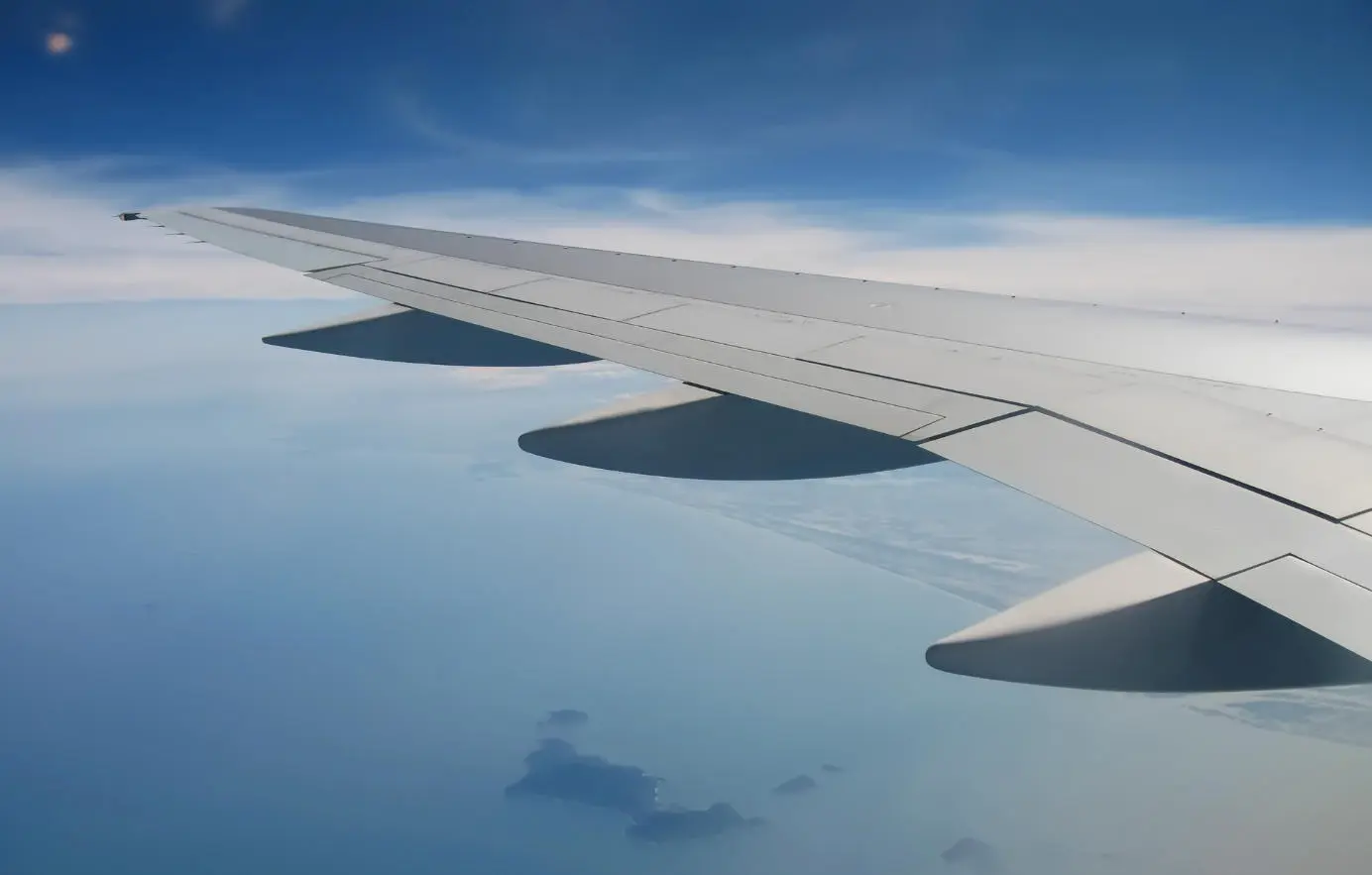
To control and manipulate the lift, an aircraft has control surfaces like flaps and ailerons that can change the shape of the wings and modify the airflow, thereby allowing pilots to adjust the amount of lift as needed during flight.
Overall, lift is an essential force that helps aircraft defy gravity and provide them with the upward force they need to stay in the air.
Weight
Weight is another fundamental force that affects the flight of an aircraft. It is the force acting downwards towards the center of the Earth, pulling the airplane towards the ground due to the gravitational pull on the mass of the aircraft.
The aircraft's weight is limiting its capabilities. A heavy plane requires more lift than a lighter one. A higher need for lift could also mean a higher need for thrust to lift it off the ground.
Understanding weight is also essential for maintaining stability and balance during flight. Too much weight towards the tail or nose of the plane can make it unstable.
The weight of an airplane is determined by its mass, which includes the aircraft itself, fuel, passengers, cargo, and any other items onboard.
Drag
When an aircraft moves through the air, it encounters resistance in the form of drag. Drag is the force that opposes the motion of an aircraft through the air when it is in motion. Drag acts in the opposite direction to thrust.
Several factors contribute to the drag experienced by an aircraft in flight. The shape of the plane and its speed are two important factors in relation to drag.
The primary source of drag is called "parasitic drag," which includes the aerodynamic resistance caused by the shape of the aircraft, such as the nose, wings, tail section, and any protruding objects. This is called form drag. The more streamlined an aircraft is, the less drag it will encounter.
Parasitic drag also includes skin friction drag, which is the drag created by the friction between the airflow and the airplane's skin. The layer of air in direct contact with the airplane's surface slows down (because of its roughness) and resists an aircraft's forward motion, which is what causes friction drag.
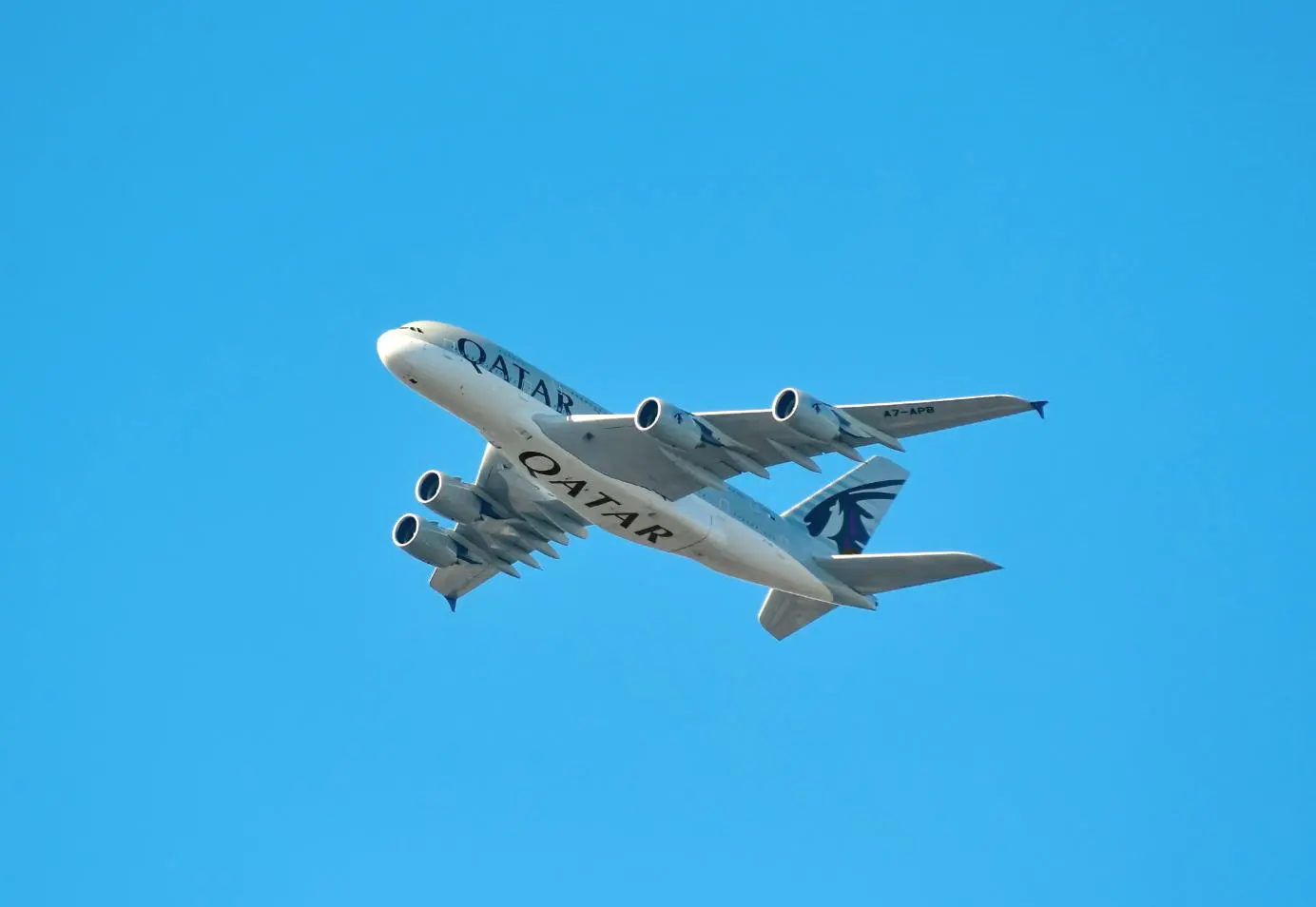
Interference drag is also part of the parasitic drag concept. It comes when different airflows from around the aircraft meet and mix. For example between the fuselage and wing root. The air meets and creates new turbulent air that disturbs the smooth airflow and creates drag.
To reduce drag, engineers employ various techniques, such as designing more aerodynamic airframes, smoothing the aircraft's surface, and minimizing protruding components. Pilots also play a role in drag reduction by adopting efficient flying techniques, such as reducing unnecessary maneuvers and retracting landing gear and flaps when unnecessary.
Thrust
Thrust is the force that propels an airplane forward, overcoming drag and allowing the aircraft to move through the air. Engines are crucial in generating this force, providing the necessary power for flight.
Thrust can be produced in various ways depending on the type of engine used in the aircraft. In a jet engine, for example, the air is drawn in, compressed, mixed with fuel, and ignited, resulting in a high-velocity exhaust jet that produces thrust. Similarly, in a propeller-driven aircraft, thrust is generated by the rotation of the propeller blades, which "pulls" the air behind itself and propels the aircraft forward.
Thrust is dependent on the air's density. Air density is the amount of mass contained in a given volume of air. An aircraft's propulsion system (and the thrust it produces) depends on how much air it can move. In denser air, there are more air molecules per volume. When a jet engine intakes this denser air, more air molecules are available for combustion. This produces a more efficient and powerful combustion within the engine, ultimately leading to a higher thrust output. Air density is influenced by various factors such as altitude, temperature, and humidity.
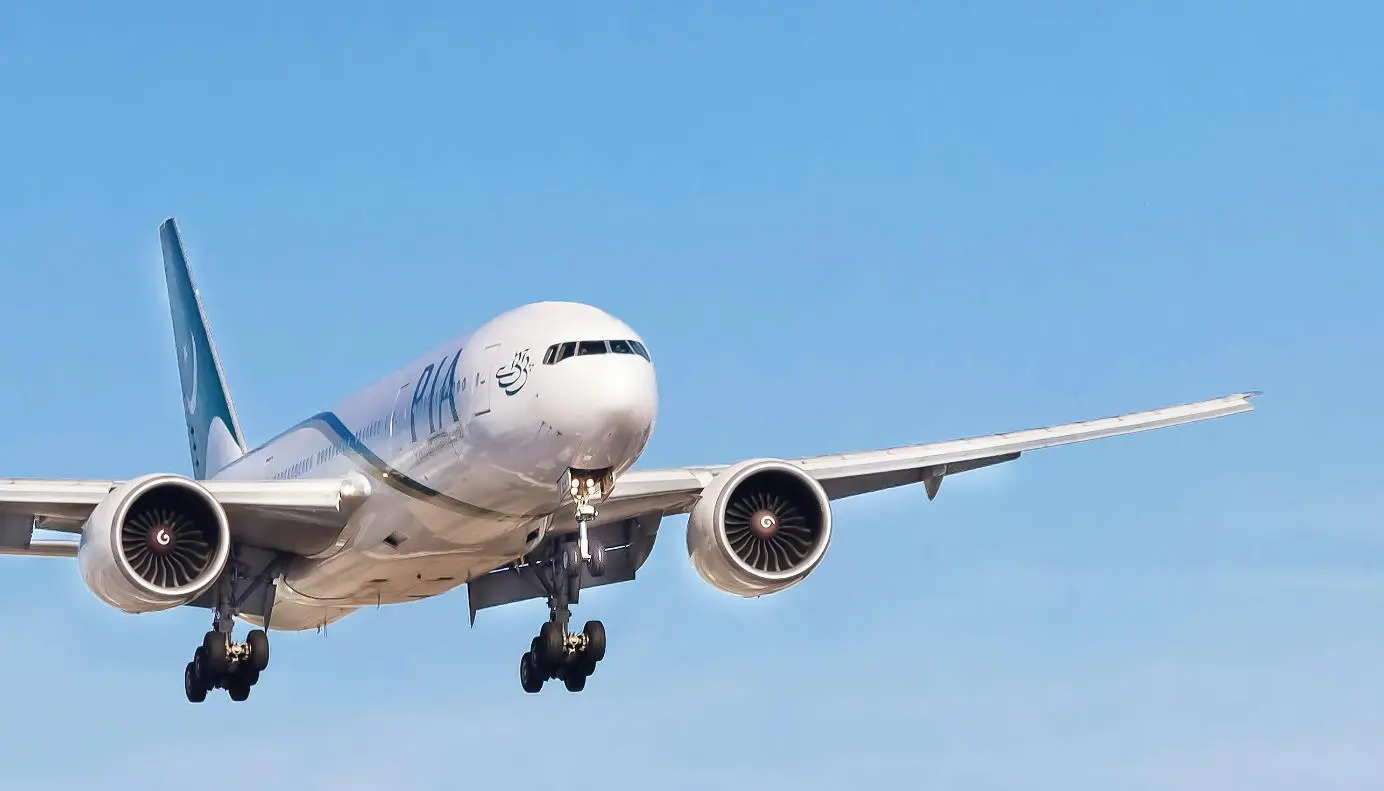
Pilots can control the thrust by adjusting the throttle or power settings. By increasing the thrust, the aircraft can accelerate and climb, while reducing thrust allows the aircraft to decelerate or descend. The ability to manipulate thrust is crucial for takeoff and landing, as well as for maintaining speed and altitude during different phases of flight.
The Relationship Between the Four Forces of Flight
The four forces of flight - lift, weight, thrust, and drag - are interconnected and affect each other during flight. Lift opposes weight, while thrust opposes drag. The balance between these forces determines the aircraft's performance, stability, and maneuverability.
It is useful to think of the relationship between the four forces of flight as an equilibrium. In level flight, the lift force must equal the weight force to maintain a steady altitude. To maintain a constant speed, the thrust must equal drag. When the lift force is greater than the weight, the aircraft climbs, and when it is lower, the aircraft descends. If thrust is greater than drag, the aircraft speeds up, and vice versa. By manipulating these forces, pilots can control the aircraft's altitude and speed.
Achieving the right balance between the four forces is crucial for safe and efficient flight. Imbalances can lead to aerodynamic stalls, loss of control, or decreased performance. Therefore, pilots undergo rigorous training to understand and manage these forces effectively.
Other Applications of the Four Forces of Flight
The principles of flight and the four forces are not limited to aviation alone. They have other applications that impact our daily lives.
For example, understanding drag is crucial in designing vehicles such as cars, trains, and boats. By minimizing drag, engineers can create more fuel-efficient and faster vehicles. Similarly, the principles of thrust and weight are important in designing rockets and spacecraft, enabling them to overcome Earth's gravity and travel through space.
The concept of lift and drag are used in wind turbines to generate electricity. The blades of a wind turbine are designed much like a wing to generate lift and rotation as the wind flows over them, converting wind energy into electrical energy.
How Pilots Manipulate the Four Forces of Flight
Pilots are trained in manipulating the four forces of flight to maneuver the aircraft and ensure safe and efficient flight.
To control lift, pilots adjust the angle of attack by changing the position of the control surfaces. By increasing the angle of attack, more lift is generated (up to a certain point), allowing the aircraft to climb. Gaining speed by increasing thrust also increases lift, as the velocity of the air around the wing influences lift.
Pilots manage thrust by adjusting the throttle or power settings of the engines. By increasing thrust, the aircraft accelerates, while reducing thrust slows it down. Pilots carefully monitor engine performance to ensure optimal thrust and fuel efficiency.

To counteract drag, pilots adopt efficient flying techniques. They maintain a constant speed and altitude, avoid unnecessary maneuvers, and retract the landing gear and flaps when unnecessary. By reducing drag, pilots can increase the aircraft's speed, range, and fuel efficiency.
Pilots cannot directly manipulate weight, as it is a constant force determined by the mass of the aircraft and the strength of Earth's gravity. However, they must consider weight when calculating lift and determining the aircraft's optimal speed and angle of attack.
Conclusion
By exploring the four forces of flight - lift, weight, drag, and thrust - we gain a deeper understanding of how airplanes are able to soar through the sky.
From Bernoulli's Principle and the generation of lift to the impact of weight and gravity, from the role of engines in providing thrust to the resistance of drag, each force plays a crucial role in flight mechanics. Pilots skillfully manipulate these forces to control their aircraft, ensuring balance, stability, and a safe flight.
The principles of flight extend beyond aviation, finding applications in various fields and activities. From vehicle design to green energy, the four forces of flight impact our daily lives in more ways than we realize.
So, the next time you look up at the sky and see an airplane gracefully gliding through the clouds, remember the intricate dance between lift, weight, thrust, and drag that allows it to take flight.
Also read:
Planenerd Newsletter
Join the newsletter to receive the latest updates in your inbox.






